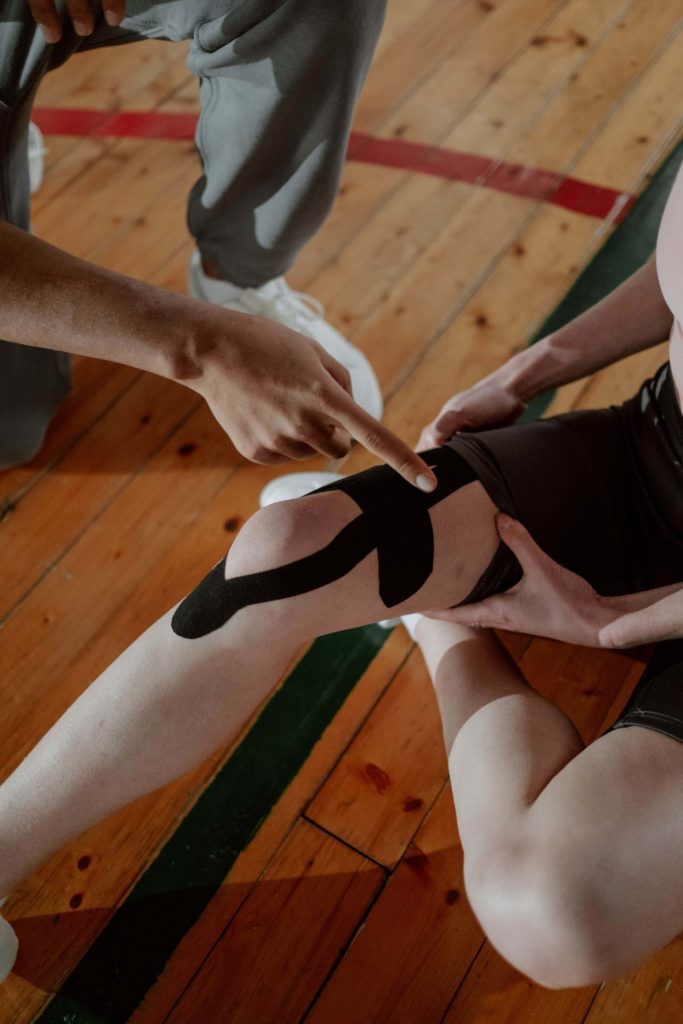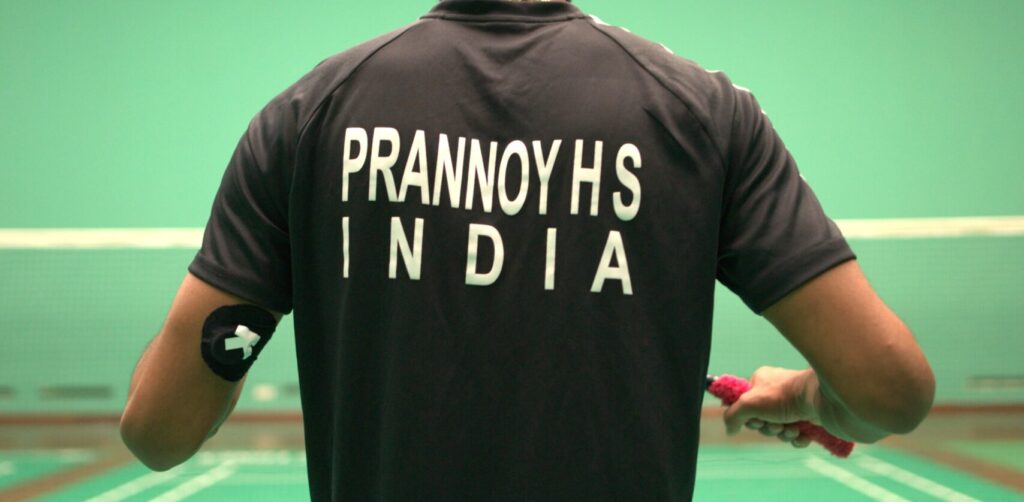In 2016, this Swiss athlete was kept out of action for about five months because of a torn meniscus in his knee, only to suffer a back injury on his return to court. Later the same year, the knee injury recurred during a match, forcing the all-time favourite to miss the rest of the tennis season. Many thought this was the end of the road for him.
However, not only did Roger Federer bounce back, but he did it sooner than expected. He spent this time away to rejuvenate and return stronger. So, how did Federer beat the odds, even defying age in the process, to win more titles and set records when people had nearly written him off? Apart from medical treatment, Federer’s comeback emphasises the importance of coping strategies that an athlete can use to overcome setbacks from injury and rehab periods.

Highlights
- Athletes of all ages and levels could face injuries. Apart from getting the right medical attention, they must also focus on staying mentally strong through recovery,
- Healing mental imagery is an effective technique that can decrease somatic anxiety and enhance recovery from sports injuries,
- Recovery requires self motivation but shouldn’t become an isolating endeavour.
Sports injuries can happen to athletes of all ages and levels of performance. A professional athlete may have to forego earnings, risk losing their contracts with sponsors and even face early retirement due to an injury. And it may negatively impact upcoming athletes trying to establish themselves. Most injuries affect the emotional (in the form of stress/ depression), social (isolation) and mental (self-esteem/identity) well-being of the athlete. This hinders their recovery and performance.
According to Federer, mental strength is ‘a key component to success’. In a physically and mentally demanding sport like Tennis, players have to battle through different situations.
‘This is where I think a strong will and a strong mind can carry you through,’ he admitted in an interview.
What happens when you experience psychological distress?
It stresses your autonomic nervous system or the fight-or-flight response, making it harder for the body to rest and repair. The body needs the mind to reach its optimal potential exactly how the mind needs the body to perform tasks, especially after an injury. As research confirms, having a realistically optimistic perspective such as ‘recovery will be tough but I’ll get through it’ can aid in faster recovery than thinking: ‘I can’t believe this happened. It’s over.’
If you or a friend are dealing with a sports injury and wondering what you can do to ensure you come back stronger (mentally) than before, here are a few scientific strategies to adopt.
How to fortify your mental strength after an injury
1.Setting goals
SMART—Specific, Measurable, Achievable, Realistic and Time-bound—goals aim to help you achieve your goals effectively.
Here’s what it means:
Specific: Goals must be well-defined and clear. For example, a defensive football player should try to win over 90% of their challenges throughout a 90-minute match; an attacking player should make 10–15 runs or attempts on goal throughout a 90-minute match.
Measurable: There must be well-defined parameters to evaluate goals. For example, the number of goals/assists to be made throughout the season, how many saves or challenges a defender has made.
Attainable: Goals must be attainable/achievable. Start with small tasks that help gain confidence and then progress to larger goals.
Realistic: Each athlete is different and has varied strengths and weaknesses in different areas. They must factor these in so as to set realistic goals for themselves.
Time-based: Goals should ideally be for the whole season, but you can set smaller time frames within that, depending on the athlete. They could be monthly or three-month goals and so on.
2.Imagery
A proven method that enhances the rehabilitation process is the utilization of mental imagery. Wise use of imagery techniques streamlines the recovery period and minimises psychological damage to the athlete. Imagery allows the athlete to participate actively in the progression of and assume ownership for recovery. Utilising imagery techniques allows a locus of control that lends hope for a timely return to competition. Visual imagery allows the athlete to see the movements that lead to restoration.
These could be:
- Emotive Imagery:
One of the strongest forms of sensation is emotive memory. Memories trigger emotions. When an athlete associates a successful experience with one of the senses, it is easier to recall that event. For instance, an athlete plays very well and remembers a certain song from the pregame music. To stimulate another great performance, they’ll want to replay the same song. Association with this song helps them duplicate the mental state that they had in the successful game for instance, senses can be used to stimulate vivid memories of prior successes by utilising mental rehearsals of associative recall.
- Healing Imagery: Healing mental imagery is an effective technique that can decrease somatic anxiety and enhance recovery from sports injuries. However, the imagery utilised should be relaxing in nature, as many athletes confuse it with performance-based mental imagery. Incorrect imagery can actually heighten anxiety among recovering athletes. Here’s how to do this right:
- Visualise the specific execution of performance skill,
- Imagine the exuberant feeling of returning to competition
- Understand that other athletes have successfully endured similar rehabilitation.
Athletes who journal their progress will benefit from a written record of progress.
3.Relaxation
Relaxation techniques serve a number of functions in competitive sports. They control the optimal zone of functioning (activation), support mental training, aid recovery from stress, promote good quality sleep and help to maintain mental well-being and health. Some techniques are:
- Box breathing:
While there are many different forms of deep breathing exercises, box breathing can be particularly helpful with relaxation. Box breathing assists athletes with stress management and can be implemented before, during and/or after stressful experiences. Box breathing requires the athlete to visualise a box with four equal sides as they perform the exercise. It can be implemented in a variety of circumstances and doesn’t necessarily need your surroundings to be absolutely calm or silent.

- Progressive muscle relaxation:
Progressive muscle relaxation (PMR) is a relaxation technique targeting the symptom of tension associated with anxiety. The exercise involves tensing and releasing muscles, progressing throughout the body, with the focus on the release of the muscle as the relaxation phase. Progressive muscle relaxation can be practised individually or with the support of a narrator.

4.Self talk
Athletes often psych themselves up during matches through self-talk. The same applies for downtimes due to injury. Here are a couple of pointers on how this can be done:
First and foremost, acknowledge the limiting thought that is always nagging at you. Say out loud, ‘I am angry or I am anxious if I’ll ever play again. Then arrest this line of thought with an anchoring word like ‘stop’. Start a relaxation technique (for example, box breathing) and then replace that thought with a positive, nurturing one. Tell yourself, ‘I am working my way to health. Every moment I am getting stronger and healthier.’
Once you know how to motivate yourself out of a funk, you can help others. Encourage injured athletes or participants to repeat a positive phrase or statement to themselves when they are undertaking difficult or painful rehabilitation exercises. This same positive phrase could perhaps be written down and placed in a prominent place. Help the injured athlete list all the negative thoughts they’re encountering and write counteracting positive statements for each.
5.Accepting help and support
No athlete’s journey is complete without help, even more so after an injury. And no matter how much you’ve trained on your own, having a guide, coach or therapist can be a helpful motivator. Plenty of professionals keep sports psychologists in their network despite them winning or losing.
Conclusion
Athletes of all ages and levels could face injuries. Apart from getting the right medical attention, they must also focus on staying mentally strong through recovery. Having a plan in place when injury strikes can help deal with physical and emotional setbacks. It also makes the recovery process smoother. There are many techniques to help athletes mentally cope with such times. Recovery requires self motivation but shouldn’t become an isolating endeavour. Taking help from peers and health professionals is important. As many successful athletes have demonstrated in the past, an injury, in most cases, does not mean an end for your sporting career. And mental strength plays a major role in this.
Disclaimer: The contents of this article are for general information and educational purposes only. It neither provides any medical advice nor intends to substitute professional medical opinion on the treatment, diagnosis, prevention or alleviation of any disease, disorder or disability. Always consult with your doctor or qualified healthcare professional about your health condition and/or concerns and before undertaking a new health care regimen including making any dietary or lifestyle changes.
References








